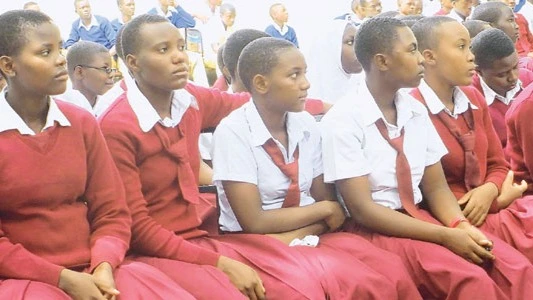Placing 3.9bn/- in banks for lending to wildlife investors achieves much more

THOSE enthusiastic about starting development projects intended to pull more tourists to the north-western, western and southern circuits of our country’s travel landscape have something to smile about.
This is in the wake of authoritative reports to the effect that the government has disbursed at least 3.9bn/- for upgrading the Ibanda-Kyerwa National Park in Kagera Region. The project is now roughly halfway done.
There is something of a rule of how economies grow quickly in what is usually known as ‘first world’ or developed countries, and those with rather stagnant of slow growth economies and heavily relying on natural resources, rain, etc.
These are known as ‘third world’ or ‘developing economies’, while previously there was a ‘second’ world – for those that followed a state-led model to relatively high level of economic growth.
The rule that separates these economies is that those whose economies grew rapidly after 1945, and in the Far East starting from the 1960s or early 1970s – closed with China’s strategic policy shift in 1978 – use private ownership as the key element in economic organisation.
This means that land is occupied by individuals and can be traded, to just about anyone, and most sectors of economy are run as businesses.
The state has a purely regulatory role in some areas, or takes up some key services like health, but government is active, setting aside vast sums for lending to firms to build, maintain, and what have you.
The 3.9bn/- spent on uplifting facilities in the north western circuit park is a telling case of how the two models work. In the ‘third world’ method all the money is allocated to national park administration, or say the ministry, to uplift the works
It means that the government may have just that money for a particular financial year, as other national parks also crying out for an uplift wait for another year – to see if they can be considered.
In the other model, the 3.9bn/- would be placed in banks for lending to, say, eight companies obtaining tenders to uplift a national park. The firms would write projects and get big cash.
The cash would not be a break-up of the government allocation placed, say, in two or three banks but actual bank cash, where the bank would look at project feasibility with a proviso that it is unlikely to lose more than 0.5bn/- when any of the various investors pays back.
The 0.5bn/- loss absorption capacity as due diligence is observed in the lending process meanwhile means that prospects of failure are phenomenally curtailed. But the lending will take place unlike in a situation where it is just the market.
Thus, the cash now used to ensure a respectable facelift for one national park would cushion a few banks into lending to eight companies with similar contracts to uplift the viability in terms of infrastructure or service layouts for this or that national park.
They would all enhance park facilities and improve visitor services, where the role of government agencies is to find the anchor of banks to lend rather that find money for the works as the facilities are businesses potentially able pay back.
Africa has under some 60 years of experience with planning and should easily be in a position to grasp any of this, thus forestalling chaos.
Top Headlines
© 2024 IPPMEDIA.COM. ALL RIGHTS RESERVED

















